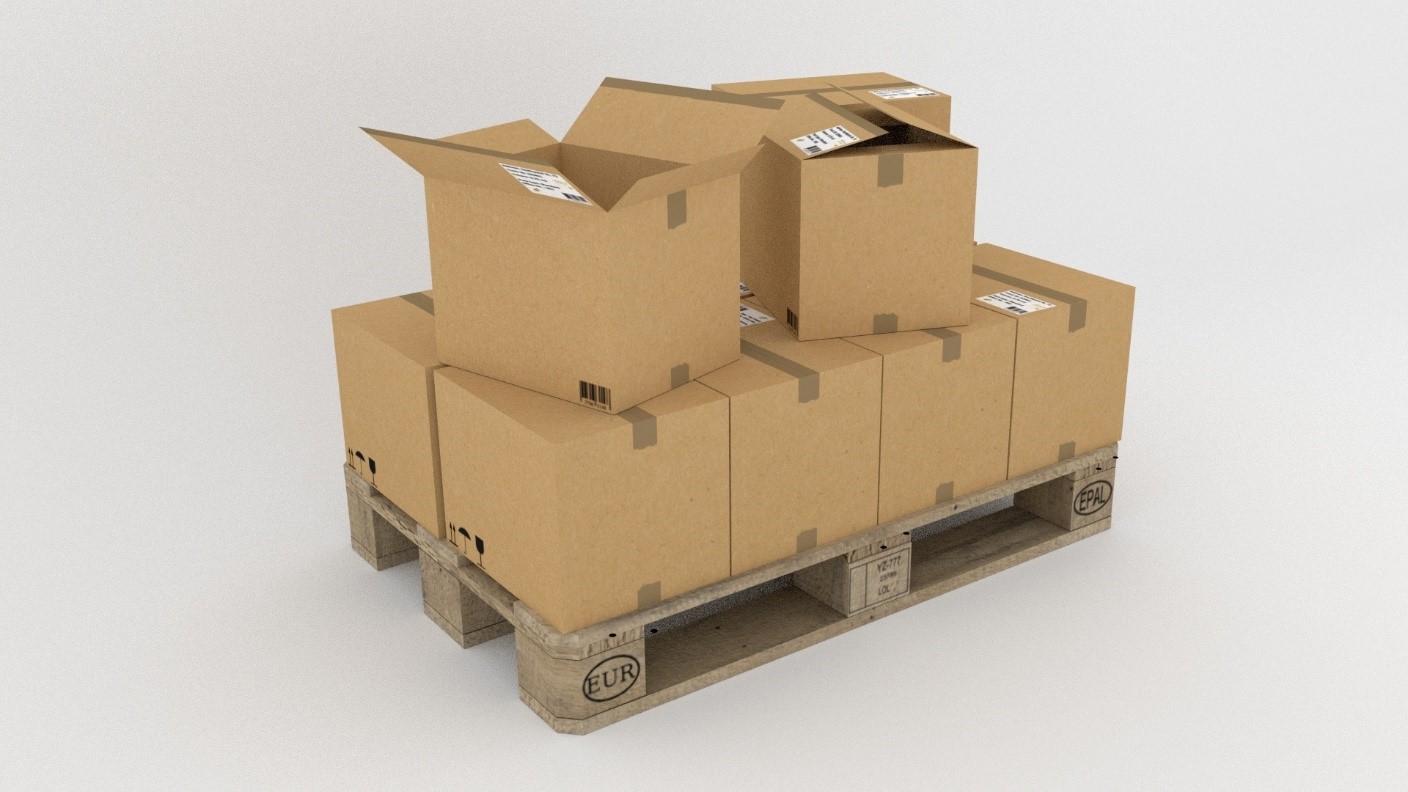Shipping any item overseas can be a stressful prospect, with worries of potential damage, loss or theft befalling your valued item. When that item is fragile, like an antique, an artwork or a musical instrument, that stress is magnified. Here is a list of simple ways to protect your items and ensure that they arrive at their destination in optimum condition.
Choose the right box
The right box is one that is not too big, but not too small either, with space to add padding around your item. A gap of two inches between your item and the sides of the box is ideal. As well as choosing the right size box, the material of the box is also important. While boxes made of thin, flimsy material may be cheaper, this could be a dangerous false economy if the box does not hold up for the duration of its international journey. For breakable items, a sturdy corrugated cardboard box of B-flute grade or thicker is recommended. Double-walled corrugated cardboard boxes add an extra layer of security, or you might even consider using a box within a box, interspersed with lots of padding, for particularly fragile objects.
Protect your item
If your item is hollow, such as a glass vase, fill the interior with bubble wrap or crumpled up paper. Wrap the object in a layer of packing paper and then a layer or two of bubble wrap, or Greenwrap - an eco-friendly alternative to plastic bubble wrap that is made from paper. Secure your wrap with packing tape, but don’t go overboard - you don’t want to accidentally break your item while you are struggling to unwrap it!
Cushion the box
When packing your wrapped item in your box, the aim is to tightly fill all of the gaps around the item so that it moves as little as possible during shipment, minimising the risk of breakage. You will need a filler material for this, of which there are a variety of options available. Newspapers are ideal for those on a budget, as they can often be acquired for free. Wrap your item in plain paper or plastic to protect it from ink transfer, and surround it with crumpled sheets of newspaper. Shredded paper is another recyclable option, although it can add significant additional weight if used in high volume.
Lighter weight filler options include packing peanuts and air pillows. While styrofoam packing peanuts are a common solution, there are growing concerns about their negative environmental impact. Biodegradable starch-based packing peanuts are a safe and eco-friendly alternative that can be composted or even dissolved in water. Air pillows are ideal for packaging light items but are less effective with heavier items, and they may also change size depending upon atmospheric conditions.
Get insured
If your item is of significant value to you, consider taking out a shipping insurance policy. Shipping insurance compensates you for any damage or loss of your item during shipping, giving you peace of mind that even if the worst happens, you will not be left out of pocket.
All wrapped up
Label your box clearly and double check all the essential information. It is always wise to include a copy of your shipping note inside the box, just in case the external label is removed. Use stickers or markers to clearly label your box as ‘FRAGILE” and “HANDLE WITH CARE”. Double check the contents of your box before securely sealing it shut with parcel tape. Packing and shipping the items with palletizing is also another important way to do.
Track your package
With advances in technology, you can now track your shipment online. Real-time updates on your package’s progress across the world help to relieve some of the uncertainty of shipping your valued items.

